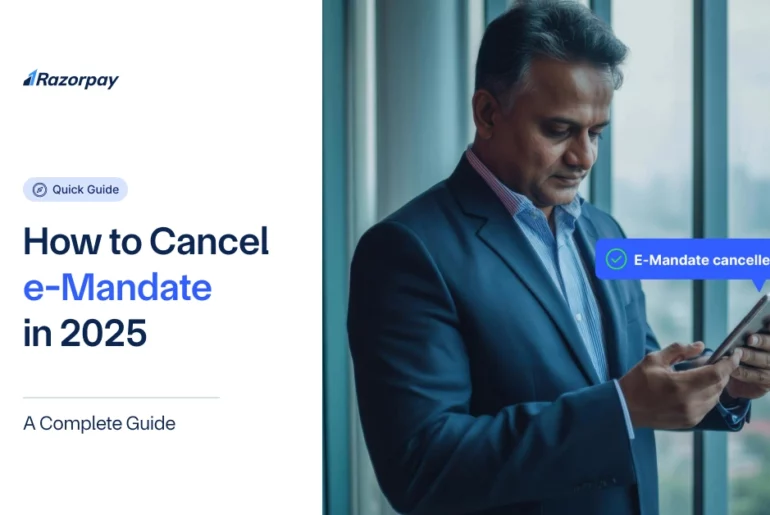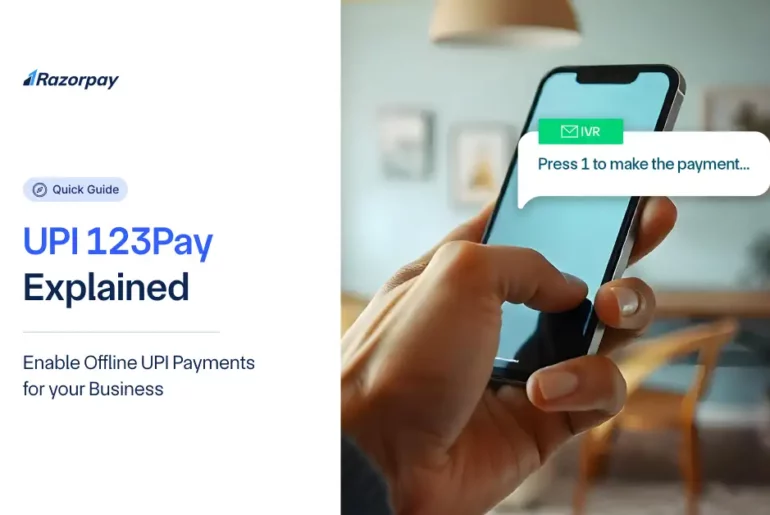I was a part of the team from Razorpay that attended the Global Exhibition on Services event in Mumbai from May 14th to 18th. Inaugurated by the honorable President Shri Ram Nath Kovind, the event got over 2000 attendees and 500 exhibitors from various countries.
We were looking forward to this event for one big reason – the attendees were a good mix of early and mid stage businesses, from all over India. This was a great opportunity to talk to a sizeable segment of our users directly and understand where payments currently fit in their set of challenges, how they evaluated solutions and their priorities.
In this blog, I am going to summarize the most important lessons we learnt from this experience. I will start with the obvious ones:
- Industry-grade air conditioning is severely underrated.
- There is no rating the incomparable Mumbai vada pav.
On a more serious note, here are our takeaways.
Commerce in Tier 2 and 3 cities are on a fast track to go online and there is a need for more awareness around payments.
Internet reach in India is expected to grow to 500 million people by June 2018, according to a recent IAMAI report, with rural India growing at a much higher pace. Additionally, the top 10 untapped markets in terms of e-commerce are all Tier 2 cities.
Several other studies recently have all provided numbers that make one thing very clear – commerce is booming in tier 2 and 3 cities and businesses there are looking to move online for both convenience and to expand their reach.
In our conversations, over 60% of businesses from these Tier 2 and 3 cities, had some level of awareness about Payment Gateways but view them only as an solution to accept payments online.
They were excited to know of options like Payment Links and Bharat QR, which allow businesses to accept digital websites without a website or mobile app; they were also eager to adopt.
Our takeaway here is simple: payments solution providers and policy makers need to invest and build awareness about digital payments in order to capture these emerging markets.
It isn’t just customers who prefer cash.
Among the most frequent questions we encountered were “Why can’t I receive my money immediately?” While merchants understand that digital payments cause less hassle and helps them scale, the slight delays in settlement cycles remains a cause of concern.
This in turn becomes the biggest reason why they still prefer receiving cash for goods and services. With cash payments, they cut down any intermediary and feel a better sense of control over their cash flows and working capital.
We spoke at length about settlement cycles and the role of banks in digital payments to many people we met at GES. While a shorter settlement cycle isn’t an immediately viable solution, better understanding of the entire process will definitely ease the transition of small and medium businesses from cash to digital.
Payments isn’t a fragmented problem for merchants, but a singular one.
While on the topic of settlements, something else became very clear – payments is a complex and intricate problem, that involves many different parties and moving parts. But to businesses , it is a singular issue. A good example is a business that has both, online and offline stores.
They potentially deal with mPOS and POS machines at their stores, cards and net banking online and cash, both online and offline. While solution providers may have discrete solutions for each of these problems, but from where their customers stand, it all comes under the same bracket: payments.
The takeaway here is that there is an immense potential to build and serve a converged payments solution for India.
B2B payments are about to go big in India.
One particularly interesting use case we encountered was a merchant who sold solar batteries to builders and other industry contractors. The ticket size is usually large for these transactions and as the business scaled, NEFT/RTGS might not be the ideal solution.
We had a discussion about payment options like Smart Collect and later, internally discussed B2B payments as a market in India.
While B2B payments have always enjoyed a strong foothold in the payments industry in countries like USA, it is making its way here as well. This opens up a whole new and exciting market for payment solution providers like ourselves.
Both central and state governments are embracing digital payments at a large scale
Finally, we had the pleasure of interacting with several members associated with states’ government bodies, including Chhattisgarh and Assam. They spoke about how as part of government’s push towards digital transformation, they are looking to integrate digital payments in their dealing with businesses and citizens alike.
This is a fantastic initiative and we are excited to see what the future holds.

And with that, I’m happy to wrap up – thank you Mumbai! We will fondly remember the amazing food and the perspective.



